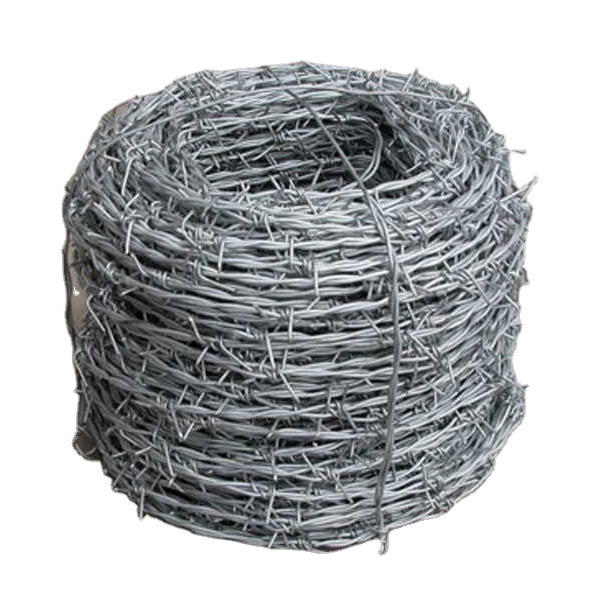Aug . 18, 2024 08:29 Back to list
Industrial Supplier Solutions for Reinforcing Mesh Applications and Products
Reinforcing Mesh for Industrial Suppliers
Reinforcing mesh, also known as wire mesh or welded wire fabric, plays a crucial role in various industrial applications, particularly in construction and civil engineering. As an essential component in the development of concrete structures, the demand for high-quality reinforcing mesh is growing steadily among industrial suppliers. This article explores the significance, types, manufacturing processes, and applications of reinforcing mesh, alongside the benefits it offers to industrial suppliers.
Importance of Reinforcing Mesh
The primary function of reinforcing mesh is to enhance the tensile strength of concrete, which is inherently strong in compression but weak in tension. By incorporating reinforcing mesh into concrete structures, suppliers can help prevent cracking and ensure structural integrity. This is particularly vital in heavy-duty applications, such as industrial flooring, pavements, walls, and bridges, where the loads and stresses are substantial. The proper use of reinforcing mesh can enhance the durability and lifespan of concrete structures, making it an indispensable asset for any construction project.
Types of Reinforcing Mesh
There are various types of reinforcing mesh available in the market, tailored to meet different requirements. The most common types include
1. Welded Wire Mesh This type consists of wires that are welded together at intersections, providing uniform strength and stability. It is widely used in concrete slabs, walls, and foundations.
2. Fiberglass Reinforcing Mesh Made from fiberglass, this mesh is lightweight and resistant to corrosion, making it an excellent choice for projects in moist or chemical-prone environments.
3. Steel Reinforcing Mesh Known for its strength and durability, steel reinforcing mesh is often used in heavy industrial applications. It can be custom-made to fit specific dimensions and load requirements.
4. Plastic Reinforcing Mesh This variant is used in lightweight applications and offers decent tensile strength. It is often favored for residential projects and landscaping.
Manufacturing Process
reinforcing mesh for industrial supplier

The manufacturing of reinforcing mesh involves several key steps. First, raw materials, mainly steel wires or fiberglass filaments, are sourced and processed. In the case of welded wire mesh, the wires are cut to the desired lengths and then arranged in a grid format. These intersections are then welded together using specialized machines that provide consistent heat and pressure.
For fiberglass mesh, the filaments are woven together using advanced manufacturing techniques, resulting in a durable and lightweight product. Quality control is vital throughout the manufacturing process, ensuring that the mesh meets industry standards for strength, dimensions, and durability.
Applications in Industry
Reinforcing mesh is utilized across a variety of industries, underscoring its versatility. In construction, it is prevalent in creating floors, walls, and ceilings that can withstand high loads and adverse conditions. Additionally, reinforced concrete is essential in infrastructure projects like bridges and tunnels, providing the necessary strength and stability.
In the agricultural sector, reinforcing mesh is used in making protective structures such as fencing and greenhouses. Its ability to withstand environmental stresses makes it suitable for these applications as well.
Benefits to Industrial Suppliers
For industrial suppliers, offering high-quality reinforcing mesh comes with several advantages. Firstly, it creates an opportunity to differentiate themselves in a competitive market by providing reliable and durable products. Secondly, suppliers that prioritize innovation by sourcing advanced materials or manufacturing methods can attract a wider clientele, including large-scale contractors and construction firms.
Moreover, reinforcing mesh adds value to the supplier's product portfolio, allowing them to cater to diverse customer needs, whether in terms of materials, sizes, or specific applications.
Conclusion
In conclusion, reinforcing mesh is a vital component in the construction industry that offers numerous benefits in enhancing structural integrity and durability. As industrial suppliers continue to meet the growing demand for high-quality reinforcing mesh, they position themselves as key players in the construction supply chain, thereby supporting the development of safer and more robust concrete structures. By embracing innovation and quality, suppliers can secure their place in the market while contributing to sustainable construction practices.
-
High-Quality Steel Grating Solutions for Industrial Applications | Durable, Safety, Customization
NewsJul.13,2025
-
Advanced Solutions-CompanyX|Enterprise Efficiency&Cost Reduction
NewsJul.13,2025
-
Sustainable Manufacturing-EcoTech Innovations|Waste-to-Energy System&Zero Emissions
NewsJul.13,2025
-
Welded Wire Mesh- Buildings Wiremesh Co., Ltd.|Durable Construction Material&Industrial Strength Solution
NewsJul.13,2025
-
Smart Production Solutions-Example Corp|AI Automation&IoT Monitoring
NewsJul.13,2025
-
Advanced Industrial Solutions-Advanced Industrial Solutions|Manufacturing Efficiency&Productivity
NewsJul.13,2025

